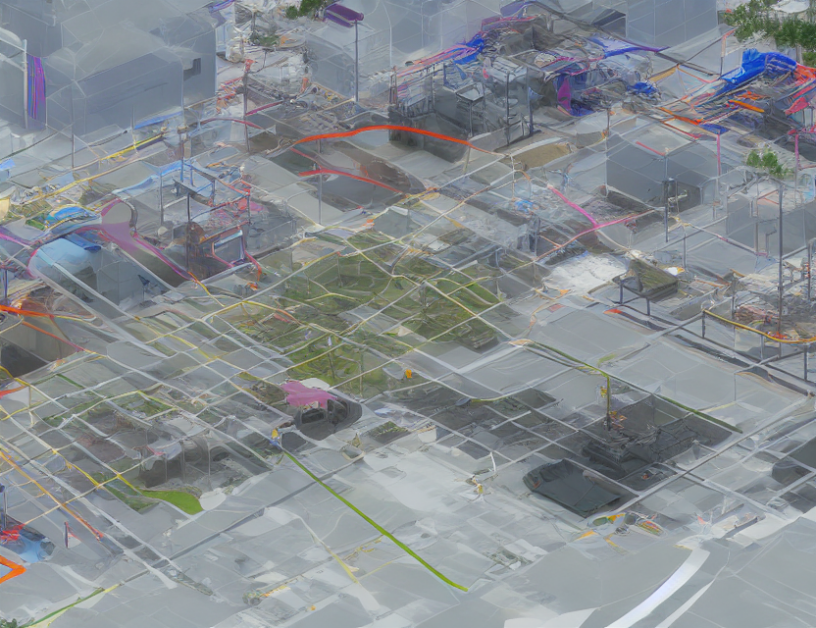In this article, the authors delve into the world of near-field MIMO (Multiple Input, Multiple Output) communications, which is a crucial aspect of 6G wireless networks. They demystify complex concepts by using everyday language and analogies to help readers understand the fundamentals of near-field MIMO.
The authors begin by explaining that near-field MIMO refers to the use of multiple antennas in close proximity to each other, typically within a few wavelengths. They compare this setup to having a group of friends standing together in a small room, where each friend represents an antenna. Just as the friends can communicate with each other more effectively when standing closer together, near-field MIMO allows for better signal quality and increased data transmission rates.
The article highlights several challenges associated with near-field MIMO communications, such as the multipath effect, which is like having multiple reflections of sound waves within a room. These reflections can cause confusion and distortion in communication signals, making it harder to accurately transmit data.
To overcome these challenges, the authors propose potential solutions such as beamforming, which is like directing a flashlight beam at a specific target. By carefully adjusting the angle and direction of the antennas, near-field MIMO systems can improve signal quality and reduce interference.
The article concludes by discussing future directions for research in near-field MIMO communications. The authors suggest that advances in materials science and nanotechnology could lead to new designs for near-field MIMO antennas, enabling even more efficient communication systems.
In summary, this article provides a comprehensive overview of near-field MIMO communications, explaining the fundamentals, challenges, potential solutions, and future directions in an accessible and engaging manner. By using analogies and metaphors to help readers understand complex concepts, the authors make the subject matter more relatable and easier to grasp.
Computer Science, Information Theory
Multi-path effect analysis in massive MIMO systems



